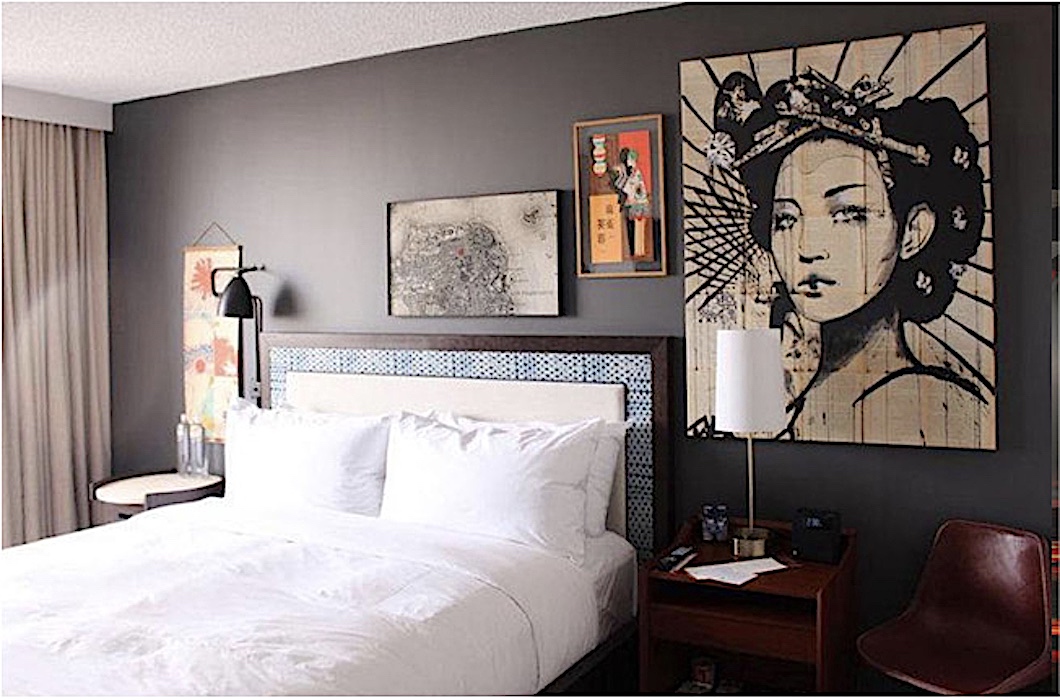WHY CHANGE?
In the expeditiously moving world, it literally “pays” to keep up with current thoughts.
Get Real !
With guests, especially millennials - demanding authenticity in their hotels, companies and designers alike, need to find ways to maintain a sense of location (“place”) in each property’s design. When staying at a hotel in Milan, New York or Singapore, the guests want to feel local. That sense of place could be reflected in the property’s food, or in the guest room artwork. You need a local aspect. That must be the direction in the design.
The growth of “soft” brands, has made authenticity and locality easier. For a true “soft” brand, there’s very little oversight as to how far you can push the envelope.
As branded hotels compete with Airbnb in the more in-demand markets, flexibility in brand standards is vital. Fortunately, most companies have learned this and the “hard” brands are offering more latitude, as they move into valuable markets. There is a need from all demographics, to offer a unique experience from every property.
The hotel should be locally relevant - and it shouldn’t look like the last one. In the past, it was all the same. Now, it’s not. Marriott developed a new guest room prototype for its flagship brand several years back, and worked with its designers to let owners select colours, vinyls, joinery finishes, drapery, tiles and flooring for each property, so that each hotel could have it’s own look.
Is That Exciting Enough?
New brands seem to be created when there is a void. Brand teams are good at defining what this means. Marriott is different from Sheraton - and that’s different from Hilton. The designs of these hotels reflect those differences. Unique ways have to be found to activate the space. The whole feel of a room should be differentiated. Using lighting in new ways, or putting artwork on the ceilings and creating inspired ways to make the rooms - new - different - exciting.
Let’s Get Personal
As real estate gets increasingly valuable, guests rooms may be getting smaller which presents both a challenge and an opportunty for designers. Everything should be sleek. With no extraneous furniture, the guest room can become more personalised. The room will be like a blank canvas. The designer can personalise the space.
As technology advances and products get cheaper, suppliers can produce the basics better, but the focus on technology is often in the wrong direction. While hotels schedule renovations for every six or eight years, most technological devices get upgrades every six or eight months, making any in-room installations obsolete within a year. A room’s lifespan is in years - but tech is in months. You cannot keep pace. The solution is: design the room to support a guest’s devices, rather than incorporate any devices that will not be useful in just a few years.
Ultimately, the hotel of the future will distinguish customer experience through technology, remembering each guest’s preferences through loyalty programs. As soon as a profile is matched to a room, the temperature, TV stations and lighting will transform to the individual specifications instantly - all without the guest needing to adjust anything.
Are You Flexible
As select-service hotels invest more in communal public space, multi-purpose zones are increasingly valuable, especially when working within a limited footprint.
A communal table can be a breakfast bar in the morning or dinner table at night. Movable furniture can be helpful for select-service properties.
Breakfast bar buffets are great at high-volume times, but on the shoulder days, they’re not very efficient. How do you build a buffet, so it can have different uses? The breakfast bar should be able to “disappear” when its not in use, freeing up the space for other needs - possibly a “pop-up” bar.
by Robyn & Peter Rektor
Call us to discuss how we can assist with your project - 0409 709970
or email us - @designfocus.com.au




